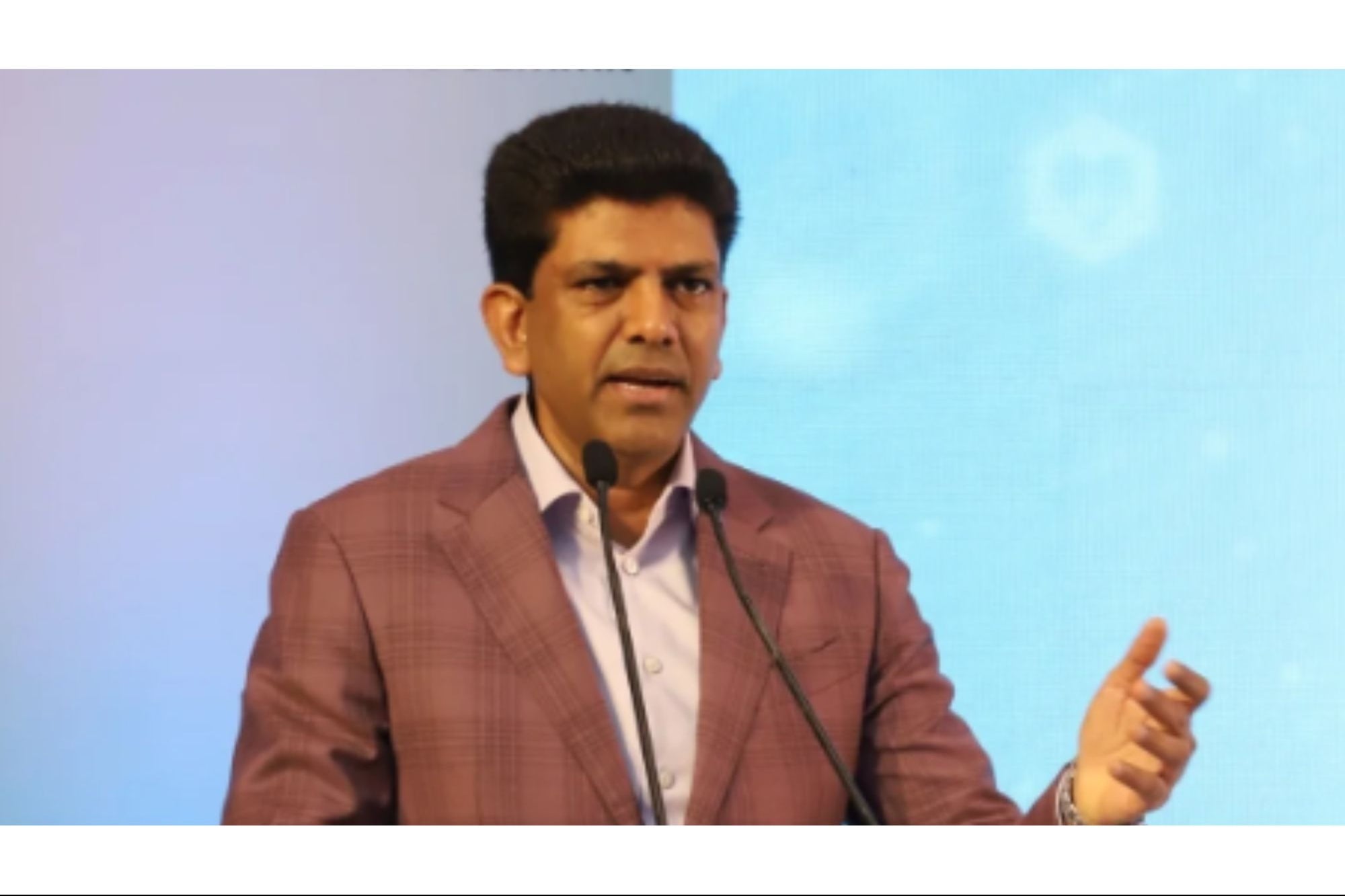India Aims for 10% of Global 6G Patents by 2030: Dr Pemmasani Currently, according to the minister, 95 per cent of rural areas in India have access to 4 G. India now has 1.2 billion mobile subscribers, being the second largest network in the world, with a billion people having access to broadband connectivity. The country also boasts the largest rural connectivity with 'Bharatnet', which covers close to 2.2 lakh villages.
Opinions expressed by Entrepreneur contributors are their own.
You're reading Entrepreneur India, an international franchise of Entrepreneur Media.

India is poised invest USD 18 billion to connect 40,000 gram panchayats, and the fund will also aim to bring close to 1.5 crore rural households into high-speed internet connectivity via subsidies said Dr Chandra Sekhar Pemmasani, Minister of State for Communications, Govt of India while speaking at the India Mobile Congress 2025 Roadshow held in Bengaluru. Currently, according to the minister, 95 per cent of rural areas in India have access to 4G.
Talking about the strides India has made in the telecom sector, Pemmasani said, "A decade ago, we used to have a lot of digital divide. Now, we have digital dominance. And the scale, the growth, it's just not a transformation. It's a transformative growth."
India now has 1.2 billion mobile subscribers, being the second largest network in the world, with a billion people having access to broadband connectivity. The country also boasts the largest rural connectivity with 'Bharatnet', which covers close to 2.2 lakh villages.
"We have rolled out the fastest 5G in the world. We have established 500 5G labs so the students, researchers, and startups can test real-world applications in some of the premier institutions. And we worked on indigenous 4G and 5G technology in combination with startups and government organizations like CDOT," said Pemmasani.
Pemmasani also noted the fact that India is the second-largest phone manufacturer currently. "We used to import 75 per cent of the devices. But today, we are exporting close to 1.8 trillion rupees worth a year. Changing made for India to be made by India."
When it comes to investments, the Indian government, with the introduction of the PLI Scheme, has made INR 4,000 crores of investments possible from the private organisations, which in turn generated INR 80,000 crores of revenue and 25,000 jobs.
Pemmasani also noted that it is important for India to step up in terms of being at the forefront of the global 6G roll-out and said that at least 10 per cent of the patents for the new network technology to be from India by 2030.
"We have missed the boat for 2G, 3G, 4G, and 5G. Hopefully, at least 10% of the patents can be from India by 2030. So these are all our strategic priorities, but still India has to go a long way," said Pemmasani.
Adding to the beyond 5G conversation was Satish Kanugovi, Head of APAC Standardization at Nokia, who said that a consortium-based approach is what's needed to propel things forward.
"Consortium-based approach, with, of course, policy support from the government and industry, is really very important for us to succeed in this domain. This also requires a push and pull from all sides. We develop it for India, and then it is possible that if we get the scale here in India, it is also relevant for the world," said Kanugovi.
Sonica Bajaj, KPMG, feels that while the country is making strides in a lot of areas, Indian innovation requires Indian understanding.
"I think there is a strong need for collaboration of tech providers, OEMs like yourselves, and startups to kind of come together to solve these problems, (that are) unique problems.










